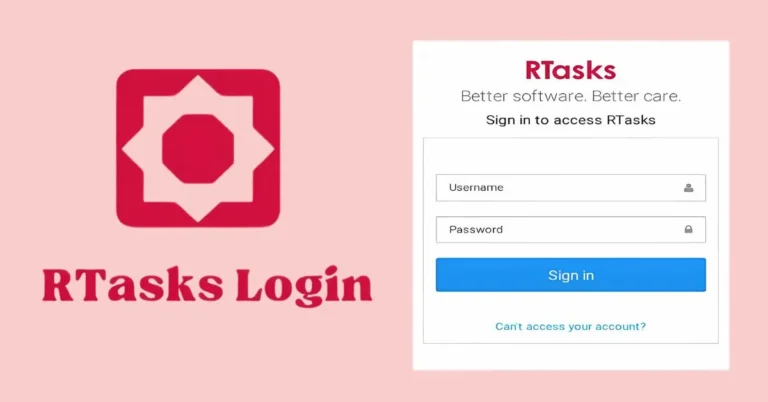Decoding the PSA Pop Report: A Guide to Understanding Trading Card Rarity
Navigating the intricacies of trading card grading can be a daunting task, involving meticulous processes, value assessments, and the often-daunting PSA Pop Report. Fear not, as we embark on a journey to unravel the complexities of the PSA Pop Report, demystifying its purpose and intricacies. This comprehensive guide is tailored for collectors and enthusiasts, providing an illuminating roadmap to decipher and comprehend the significance of this invaluable tool.
Understanding the PSA Pop Report is like unlocking the secrets of a treasure trove, empowering collectors to discern rarity, assess grading challenges, and estimate a card’s market value. In this article, we delve deep into the core of the PSA Pop Report, offering clarity on how to read and interpret its intricate details.
Discovering the world of graded collectables becomes an enlightening experience when armed with the knowledge to navigate the PSA Pop Report. It transforms from a perplexing chart into a potent ally, guiding both seasoned collectors and newcomers through the dynamic landscape of trading cards. Get ready to demystify the complexities and embrace a newfound confidence in your understanding of the PSA Pop Report.
What is the PSA Pop Report?
In addition to providing the number of cards graded in each category, the PSA Pop Report also offers valuable information about the rarity and desirability of specific cards. For collectors and investors, understanding the population distribution across different grades can influence decisions regarding buying, selling, or holding onto cards.
Moreover, the PSA Pop Report serves as a reference point for assessing the scarcity of a particular card in high grades. Cards with low populations in top grades are often considered more valuable and sought after by collectors, driving up their market prices.
Furthermore, the PSA Pop Report can be used to gauge the overall condition and quality of a card compared to others in the same category. By analyzing population data, collectors can gain insights into the relative difficulty of obtaining a card in pristine condition versus lower grades.
Overall, the PSA Pop Report is a valuable tool that provides essential information for collectors and enthusiasts, helping them make informed decisions about their trading card investments.
Deciphering the PSA Pop Report: A Collector’s Guide
Understanding the intricacies of the PSA Pop Report is essential for collectors aiming to make informed decisions and gain insights into the rarity and grading distribution of their favourite trading cards.
Navigating the Card Information:
The “CARD NO.” and “NAME” columns serve as the gateway to identifying specific cards and players. This fundamental information allows collectors to swiftly locate their desired items within the extensive database.
Authentication and Grading Insights:
The “AUTH” column distinguishes between cards that undergo authentication without numerical grading. This is particularly useful for collectors interested in the history and authenticity of their cards, even if they lack a specific numerical grade.
Columns “1” to “10” provide a nuanced breakdown of the grading spectrum. Analyzing these columns reveals the distribution of grades for a particular card, empowering collectors to gauge its overall market presence and desirability.
Unraveling Population Counts:
The “GRADE” column unveils the heart of the report, showcasing the number of cards assigned to each grade. This detailed breakdown allows collectors to identify the prevalence of specific grades, offering a comprehensive view of a card’s standing within the PSA grading system.
The “TOTAL” row provides a consolidated count of cards with whole-number grades, while the “+” row accounts for cards with half-grades like 8.5. This distinction caters to the nuances of grading and adds depth to the understanding of a card’s overall condition.
Qualifiers and Their Significance:
The “Q” under the “+” sign introduces qualifiers, a critical aspect for collectors. Qualifiers accompany cards with specific issues, allowing them to maintain their grade without being significantly downgraded. Recognizing and interpreting qualifiers is crucial for collectors aiming to assess a card’s true condition.
Practical Applications in the Collecting Journey:
With a grasp of the PSA Pop Report’s components, collectors can strategically navigate the market:
Buyer’s Perspective:
Understanding a listing like “Ken Griffey Jr. PSA 10 POP 3” provides buyers with valuable insights into the card’s rarity. This knowledge influences purchasing decisions, especially for collectors seeking exclusive, high-grade cards.
Seller’s Strategy:
Sellers can leverage the PSA Pop Report to highlight a card’s scarcity. Phrases such as “none higher” for a PSA 9 create a sense of exclusivity, appealing to buyers looking for the best available grade.
In the subsequent sections, we’ll delve into advanced strategies, pro tips, and case studies, offering collectors a comprehensive guide to maximizing the PSA Pop Report’s potential in their collecting endeavours.
Advanced Strategies: Navigating the PSA Pop Report with Expertise
Proactive Collecting: Utilizing Population Trends
Understanding the fluctuation in population counts over time is key to proactive collection. Analyze trends to identify cards gaining or losing popularity, enabling collectors to make strategic decisions.
Strategic Investments: Spotlight on Low Population Grades
For collectors with an eye on investment, targeting cards with low population counts in high grades can be a lucrative strategy. Rarity often translates to increased value in the market.
Pro Tips for PSA Pop Report Mastery
Grasp the Fine Print: Interpreting Qualifiers
Dive deeper into the “+” row to decipher qualifiers. This nuanced information unveils specific issues a card might have while maintaining a respectable grade. Collectors armed with this knowledge can make more informed choices.
Focus on Half-Grades: Understanding 8.5 and Beyond
The inclusion of half-grades adds complexity to the report. A card graded as 8.5 might be a hidden gem. Investigate the nuances of these grades to discover undervalued cards with unique appeal.
Case Studies: Learning from PSA Pop Report Anomalies
Unexpected Rarity: Uncovering Hidden Gems
Explore instances where cards unexpectedly boast low population counts. These anomalies can present valuable opportunities for collectors to acquire unique pieces with potential future value.
Identifying Overlooked Classics: The Power of Nostalgia
Spotlight cards from iconic eras that might be overlooked in the current market. Understanding the historical context behind these cards can unveil hidden treasures with untapped potential.
Conclusion:
Mastering the PSA Pop Report enhances the collector’s ability to assess rarity, gauge difficulty in finding specific grades, and estimate a card’s potential value. By comprehending the intricacies of this dynamic tool, collectors and sellers alike can navigate the trading card landscape with confidence and precision. The PSA Pop Report becomes not just a chart but a powerful ally in the world of graded collectables.
Faqs:
What is the PSA Pop Report?
The PSA Pop Report is a data table revealing the population of specific cards in various grades, offering insights into their rarity and desirability.
Why is the PSA Pop Report important for collectors?
It helps collectors understand the scarcity of a card in high grades, influencing decisions on buying, selling, or holding onto cards.
How can collectors navigate the PSA Pop Report?
By understanding card information, authentication, grading insights, population counts, and the significance of qualifiers.
What are the qualifiers in the PSA Pop Report?
Qualifiers are indications that a card meets grade criteria but has specific issues, allowing it to maintain its grade without significant downgrading.
How does the PSA Pop Report benefit buyers and sellers?
Buyers gain insights into a card’s rarity, influencing purchasing decisions, while sellers can leverage scarcity to highlight exclusivity and appeal to buyers.







